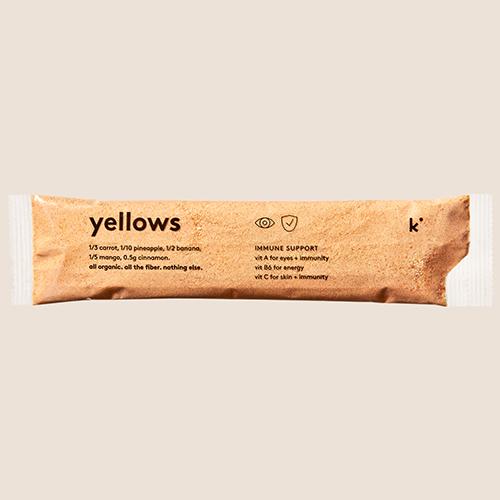Three simple steps for improving heart health
In honor of American Heart Health Month, here are some of our nutrition team’s top tips for influencing cholesterol levels, blood sugar regulation, and blood pressure - all through diet.
February is American Heart Health Month. Heart disease is, unfortunately, very common. So common in fact, that it’s the leading cause of death in the United States and globally.
On the bright side, there’s plenty we can do to improve our own cardiovascular health, and help avoid the worst case scenarios. According to a 2018 study, about 90% of heart disease events could be prevented. Making healthier choices - like partaking in regular aerobic exercise - can reduce your chances of getting heart disease and improve your overall health and well-being.
Diet is one of the primary factors dictating our risk of developing heart disease - because diet influences things like our cholesterol levels, blood sugar regulation, and blood pressure.
That being said, here are our top three nutrition tips for a heart-healthy diet:
1. Increase your daily fruit and veggie intake
Eating plenty of fruit and vegetables is one of the cornerstones of a healthy diet. According to the World Health Organization, we should be getting at least 5 portions of fruits and vegetables every day to help lower the risk of many health problems, including - for the purposes of this particular blog post - heart disease. Fruits and vegetables contain many healthful nutrients, especially fiber, which can help lower cholesterol and blood pressure - important aspects when it comes to lowering your risk of heart disease. And the benefits can be even greater if you pump up your produce intake to 10 servings a day! According to a 2017 study, this can help lower your risk of cardiovascular disease by 28%.
2. Decrease your sodium intake
Sodium is a mineral that supports vital functions, from helping control your body’s fluid balance to playing a role in muscle function. And in our diets, sodium tends to come in the form of salt, which, nutritionally speaking… tastes pretty good. Excess sodium, however, pulls water into blood vessels, increasing blood volume inside them, and consequently elevating blood pressure. This is one major risk factor for heart disease, since over time high blood pressure can injure the blood vessel walls and speed the buildup of sticky plaque that can block blood flow.
The Dietary Guidelines for Americans recommends consuming less than 2,300mg of sodium daily. However, we typically consume about 50% more than that. One simple way to cut back is to decrease your use of table salt. But you should also keep in mind that more than 70% of the sodium we consume comes from packaged, prepared, and restaurant foods. So it can be a good idea to eat less processed foods and cook more at home.
3. Limit sugar and saturated fats
Scientific evidence indicates that saturated fats can raise your “bad” and total cholesterol and put you at higher risk for heart disease. In fact, the American Heart Association recommends aiming for less than 6% of total daily calories from saturated fat.
Saturated fats are mainly found in animal-based foods such as red meat, full-fat dairy products, and eggs, but also tropical oils, such as coconut and palm. Choosing more lean meats or forgoing meat entirely, while also incorporating more beans, legumes, fish, and nuts in your diet, can help you lower your saturated fat intake and increase the “good” fats in your diet. Opting for unsaturated fat sources, such as olive oil, while preparing and seasoning food, can also be a good idea.
Excess refined carbohydrates and added sugar consumption is also something to look out for. It can increase your triglycerides and blood sugar levels, also increasing your heart disease risk.
“Added sugars” means sugar and syrup put in foods during preparation or processing, or added at the point of consumption, and many people consume much more than they realize.
The American Heart Association recommends limiting added sugars to no more than 6% of calories each day - about 100 calories for women, and 150 for men. To determine if a packaged food contains added sugars and how much, read the Nutrition Facts panel. Look for “Added Sugars” under “Total Sugars” - sugary beverages definitely stand out here.
there's more good content where that came from
